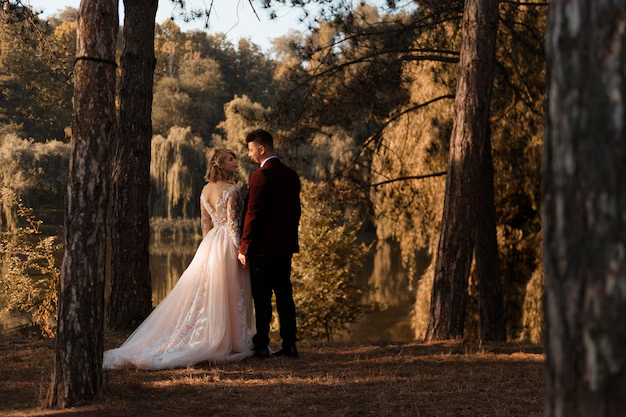Admittedly, watercolour is one of the more difficult media to use because the material is difficult to control. However, once the artist becomes more comfortable with the media, creating art pieces that evoke different emotions becomes easier. In addition, they’re able to make pieces that show their style, and the more they practice, the better they become.
Here are a few reminders for up and coming artists who wish to create watercolour masterpieces at their home studios. Our advice is to keep practicing to improve your skill level and achieve a more consistent style and technique that will define you as an artist.
Stock up on the right supplies
As a watercolour artist, you need to stock up on the right supplies – brushes, paper, pencils, watercolours, tissue, and water. It will also help if the artist will work in a place that has good lighting.
There are three standard watercolour paper weights – 90, 140, and 300 pounds. Among these, the most preferred is the 140-pound weight because it’s thicker and more durable. In addition, it can withstand rubbing and blotting if the artist decides to change the colour midway through the process.
For brushes, it’s best if there are several on hand. Artists must have large and round brushes to achieve the necessary effect quickly. Large brushes make it easier to cover backgrounds, while smaller brushes are great for accentuating the details. Always clean your brushes with warm water and soap and use a paper or cloth towel to dry them.
As to the watercolours, mix them in a pan to achieve the necessary hue and consistency. Test the watercolour before finally applying it to the paper to avoid errors.
Mind the water you use
Always mind the water that you dip your brushes in because it will affect the quality of the watercolour you’re applying. If your water becomes cloudy or the container becomes dirty, throw the contents away and rinse it thoroughly.
Use a pencil to sketch the subject
Before you try to paint using watercolour, make sure that you have a pencil outline of the subject on your paper. It will provide you with a guide to applying the requisite watercolour and prevent you from making mistakes. Remember that you can intensify the colour of your piece when you apply additional layers. Try to control the amount of watercolour you use to prevent the paper from tearing.
Finish the colour application
Once you’ve gotten the hang of the process, finish applying the different colours to give you an idea of the finished product.
Refine by adding shadows and other details
Once you’ve got an idea of the finished product, add shadows and other details. You can also retouch a few parts that don’t pass your scrutiny. This will complete your artwork.
Related Posts



